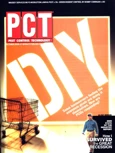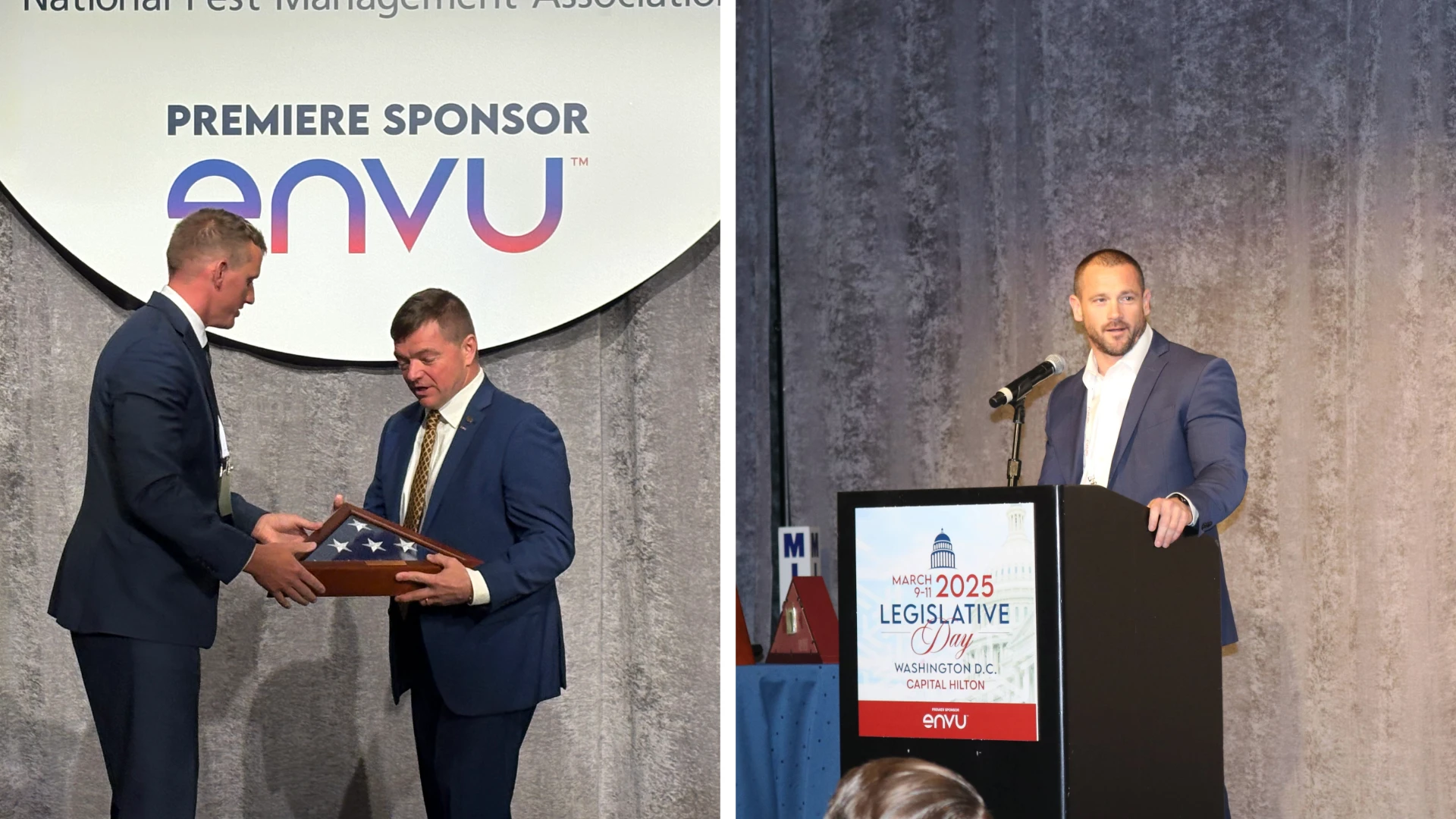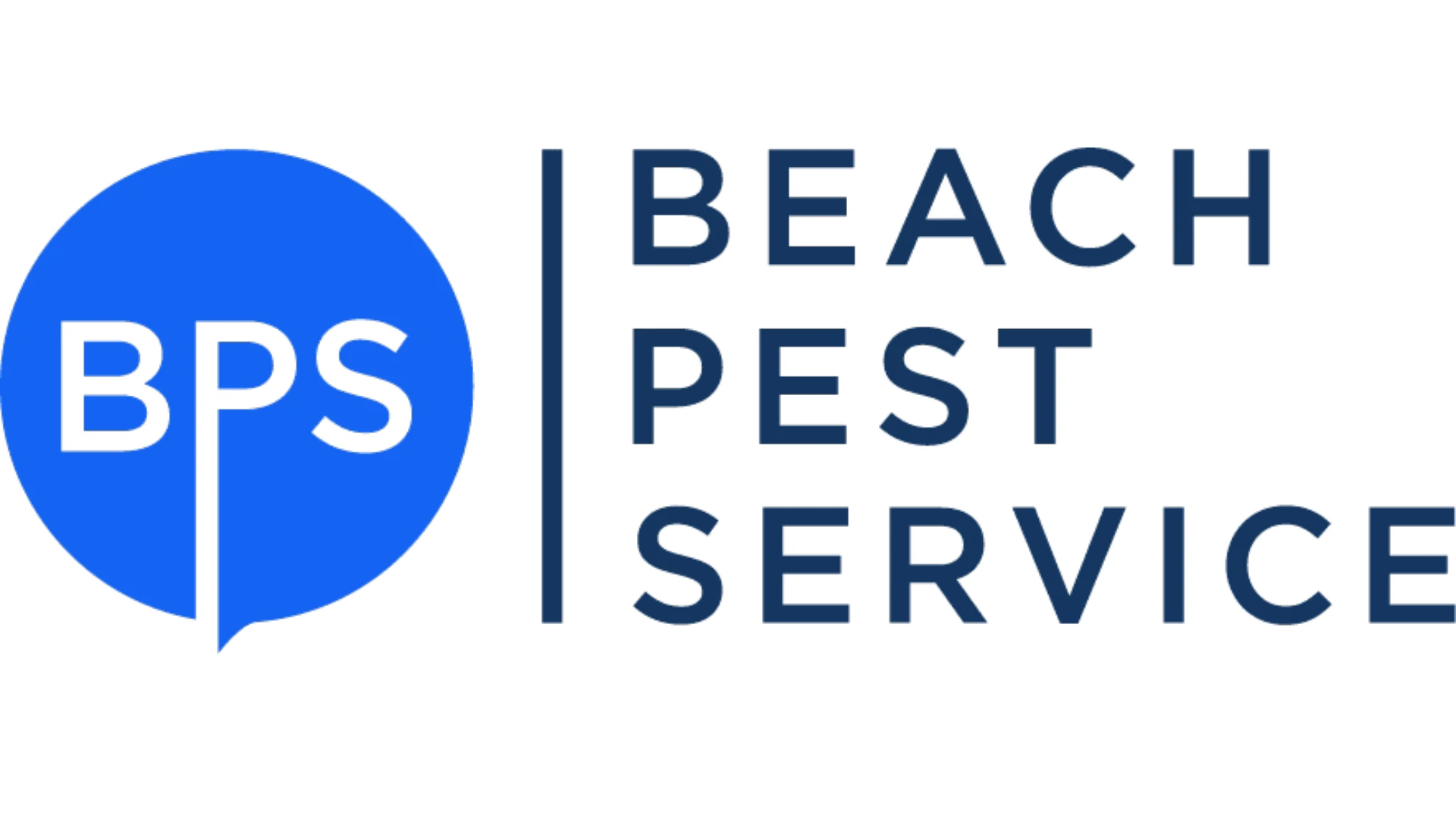The summer may be over but its pest problems are still with us. The fall is one of the most active times for pests. The desert heat has subsided and, in many cases, the monsoon activity or rainy season has decreased leaving the perfect environment for pest problems. The usual suspects include termites, ants and scorpions, but it is bed bugs that are getting our attention.
NEW TO THE SOUTHWEST. While it appears that this is not new to most of the U.S., bed bug problems in the arid Southwest are on the rise. After nearly a 50-year hiatus, they appear to be emerging everywhere. Because we have little tolerance for human parasites, particularly bed bugs, we are uncomfortable talking about them, especially admitting we have to deal with them in our homes or workplace. Bed bugs don’t discriminate. They are found in low-income properties to ultra high-end sleeping establishments. Other potential sites include schools, nursing homes, dormitories, cruise ships, and day care centers.
So why are bed bugs on the rise? With worldwide travel up bed bugs are great hitchhikers that “travel” along with you on clothing and in suitcases. Because they are so poorly recognized once they are introduced their secretive and cryptic lifestyle makes them difficult to identify. As true bugs they are flat and thin and are found usually associated with small cracks and crevices. They don’t live on the host but are usually located within 5 feet of them. They feed mostly between midnight and early morning hours. Bed bug legs are adapted for crawling. The claws are used to grip rough surfaces or for gripping the host to insert the mouthparts. Bed bug tarsi do not have suction pads and have difficultly climbing smooth surfaces such as metal poles. All stages from nymphs to adults need blood for growth and the adults can survive for almost a year in an inactive stage. These are just some of the reasons that these pests are on the rise.
*****
13 Bed Bug Challenges:
While regional differences do present pest management professionals with a subset of considerations, there are certain challenges inherent with bed bug work, regardless of location. At the second of PCT’s Bed Bug Seminar, held last month in Orlando, Dr. Austin Frishman, provided 13 challenges for which the pest control industry should be aware.
Challenges to watch for:
1. Fatigue in service technicians — “They will burn out. It is hard work. It’s a lot easier to do residential work or pest control in an office building. They may start out enthusiastic, but bed bug work is hard, hard work. Consider rotating your people.”
2. Clutter and lack of cooperation. “It exists and it is a reality, just like it is with cockroach control, so your service has to be on an ongoing basis, whether it’s on a monthly or quarterly basis.”
3. People in charge say no, it’s not a public health threat. “We know it’s a public health threat, but people in public health don’t see it that way, and it’s because it’s a funding issue.”
4. How you advertise. “One of my hobbies is reading the Yellow Pages throughout the country and I am horrified with what I see from some pest control operators.”
5. Contracts that you write up. “What some pest control operators are doing now is requiring a separate contract for each apartment.”
6. Bringing bed bugs back into service vehicles, the office and home. “Have a procedure specifically written out for your workers.”
7. Insect phobia. “People thinking they have bed bugs when they do not. You are going to get calls from people with head lice, for example.”
8. Dogs. “Why do I think dogs are a challenge? We are in the state of Florida, and if you follow your WDO forms, like you are supposed to, you could be opening yourself up for liability because you are going beyond what you say. They are going to say, ‘Why didn’t you use the dog on every job? Why didn’t you use the dog to inspect every piece of wood?’ It’s frustrating to me because I know they are a valuable tool.”
9. Overuse of pesticides.
10. Destroying the apartment. “You’re taking the apartment apart. There is the possibility that items can be broken. Explain to the client what you will be doing.”
11. Clients taking away items from the apartment (prior to it being serviced). “Clients sneak out items, then bring them back after the service is done, and those are the items that are infested.”
12. Monitors. “Yes or no? It’s new science, but the question you are going to get is, ‘Why did you not use them in all of the places?”
13. Online misinformation. Frishman noted that there is a lot of misinformation out there on products, for example, Vapona strips. Specifically, there are online discussions about Vapona being corrosive to electronics. Industry consultant Paul Bello said that the DDVP in the Nuvan Pro Strips is never going to build up to the concentration that is going to create any corrosive residue on printed circuit boards.
– Brad Harbison
*****
CONTROL STRATEGIES. So now that we think we have bed bugs, what’s the control strategy? Unfortunately, controlling bed bugs is not easy, primarily because there is no silver bullet. In fact, a recent survey of pest management professionals (PMPs) indicated that bed bugs are one of the most difficult pests to control. There is no one tactic that will get them completely under control. However, there are several key factors in any control strategy: 1) positive identification of the pest; 2) a commitment by the property owner or site manager to be aggressive in controlling the pest; 3) inspections by trained technicians; 4) treatment strategies that include both non-chemical and chemical controls; and 5) follow-up evaluations.
Identification is key. Bed bug identification is not hard if you know what physical characteristics separate bed bugs from other pests. Your control strategy will depend on an accurate identification.
Client cooperation. It is imperative that the site manager, homeowners, apartment dweller and/or school administrator be invested in controlling the problem. Their cooperation and willingness to help is vital.
Thorough inspections. A complete inspection by a trained technician of not only the primary location, but adjacent areas (i.e., above and below and to the sides of an infested apartment) is important. In fact, a pair of technicians working together is important because they bring two sets of eyes to look in all the harborages that bed bugs can hide, along with helping to move the furniture. Bed bugs do not appear overnight, but over time can become a significant problem.
A multi-faceted treatment strategy. Treatments must be coordinated between non-chemical, e.g., steam cleaning or removing clutter, and directed-chemical treatments. Chemical treatments are a valued part of Integrated Pest Management (IPM) in bed bug control, but we need to make sure that resistance management is a key component of any control strategy. Treatments need to be coordinated with the bed bug biology so that additional treatments are done in a timely manner.
Follow-up evaluations. These should be mandatory because without follow-up inspections, the initial treatments would have a minimal effect.
FOOD FOR THOUGHT. The preceding information is really just an overview. Several very good resources are available, including: The Bed Bug Handbook by Pinto, Cooper and Kraft; and the University of Kentucky’s Web site www.ca.uky.edu/entomology/entfacts/ef636.asp.
However, it should be apparent that we have a lot to learn about this pest and that education, communication within the industry and the public, ongoing training, and control strategies are imperative. I firmly believe that the industry and the consumer would be best served if a Bed Bug Certification program was adopted. This pest is extremely difficult to control and it will take extra efforts from the pest management professional to meet the public’s expectation.
Because it is a relatively new pest problem, the control technologies are just starting to emerge and should improve over the next couple of years as we gain experience as to what works and what doesn’t. A certification program would raise the level of professionalism that all of us want within the industry and for pest management professionals.
The author is urban extension entomologist at the University of Arizona and can be contacted at pbaker@giemedia.com.

Explore the October 2009 Issue
Check out more from this issue and find your next story to read.
Latest from Pest Control Technology
- Understanding Rodents and Bird Flu
- Green Pest Solutions Awards Safest Driver New 2025 Ford F150
- UF/IFAS Sheds Light on Tiny Invaders During Termite Awareness Week
- Registration Open for Lawn & Landscape Technology Conference
- Fleetio Launches Automotive Service Excellence Scholarship
- WorkWave Appoints John Phelan as CTO
- PMPs Use Capitol Hill Visits to Push for Preemption
- 20 Trapping Tips





